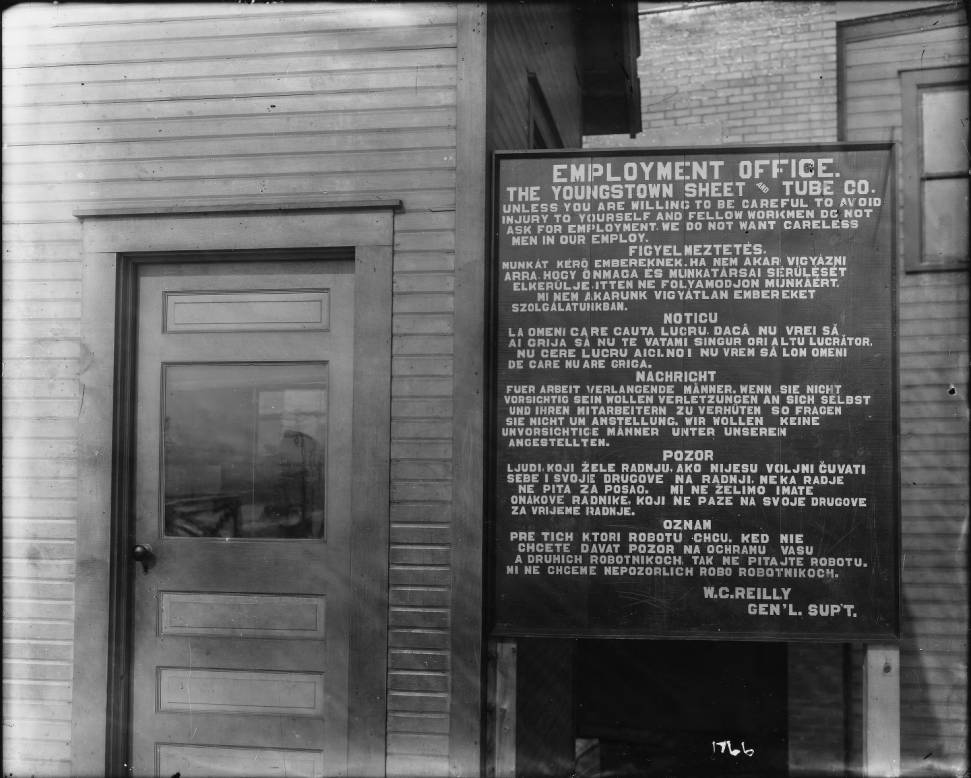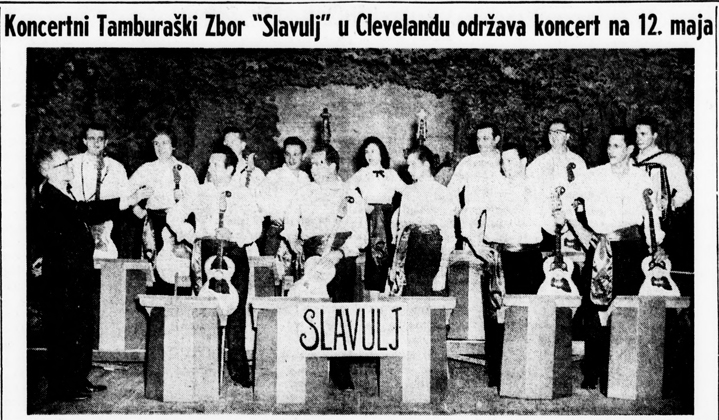Croatian Newspapers Now on Chronicling America!

Two newspapers documenting Croatian-American history in Ohio and surrounding areas are now freely available and full-text searchable (in Croatian) on Chronicling America!
Croatians were among the many eastern and southern European immigrant groups that arrived in the United States during the late 19th and 20th centuries in search of better economic opportunities and freedom from political oppression. Croatia had been part of the Austro-Hungarian Empire until 1918, then became part of the Kingdom of Yugoslavia (known as Kingdom of Serbs, Croats and Slovenes until 1929), alongside Bosnia & Herzegovina, Macedonia, Montenegro, Serbia and Slovenia. Elections following World War II placed the kingdom under Communist rule as the Socialist Federal Republic of Yugoslavia. By 1970, Ohio was home to over 70,000 Croatians. Most originally settled along Lake Erie, obtaining low-paying industrial jobs in the coal and steel industries, and building communities in Cleveland, Akron, Youngstown and other cities in northeast Ohio.
![Radnička borba = Workers' struggle. [volume] ([New York, N.Y.]), 01 May 1941, Image 1](https://ohiomemory.ohiohistory.org/wp-content/uploads/2018/06/croatian2.jpg)
Zajedničar (“Fraternalist”) was the official organ of the National Croatian Society, later known as the Croatian Fraternal Union of America (CFU; Hrvatska bratska zajednica). It was established in Pennsylvania in 1904 and still exists today, facilitating communication between the CFU’s Home Office in Pittsburgh and lodges and members living across the United States, Canada, Croatia, and in other areas. For a short time starting in the mid-1930s, it was published in Youngstown. Zajedničar was loyal to the United States during both world wars, while simultaneously supporting efforts to establish an independent Croatia. Much of its content, however, reported on the many efforts of the fraternal organization to improve the lives of Croatian-Americans, as well as local news and events, from musical performances and festivals to marriages and deaths. Zajedničar’s one-time motto, “All For One and One For All” (Svi Za Jednog-Jedan Za Sve), demonstrates CFU’s emphasis on serving its community.

Today, Croatian-American settlements in Ohio have largely been assimilated, but their heritage is still preserved and celebrated in many ways. Cultural clubs include Cleveland’s American-Croatian Lodge, Lorain’s Croatian Club and Youngstown’s St. George’s Croatian Center. Akron, Cleveland, Lorain and Youngstown are home to several Roman Catholic parishes serving Croatians and their descendants, and there are numerous active CFU chapters throughout the state. Sports, music and dance associations have a long history in Ohio, including the American Zagreb Junior Tamburitzans, which can trace its history to “Slavulj” or “The Nightingales” which began in the 1930s. Many communities hold Croatian Day celebrations, and Youngstown hosts an annual Simply Slavic Festival to celebrate the food, music, dance and customs of Slavs (including Croatians) in and around Mahoning Valley and Ohio. Some Ohioans with Croatian roots have even made their mark in the worlds of movies (Matthew and Richard Yuricich), politics (John Kasich, Dennis Kucinich) and sports (Frank Sinkwich).
Explore the history of this immigrant community in their own words through newspapers digitized for Chronicling America and numerous hardcopy and microfilm editions of newspapers held by cultural heritage institutions across the country. For tips on translating this content into English, check out our “Using Online Translation Tools” YouTube video.
Further reading:
- “Croatians” by George J. Prpic in Encyclopedia of Cleveland History edited by John J. Grabowski (2018)
- Identity, Conflict, and Cooperation: Central Europeans in Cleveland, 1850-1930, edited by David C. Hammack, Diane L. Grabowski and John J. Grabowski (2002)
- “The Jugoslavs of Cleveland” by Eleanor E. Ledbetter (ca. 1918)
Thanks to Jenni Salamon, Coordinator for the Ohio Digital Newspaper Program, for this week’s post!
Chronicling America is the collaborative project of the National Endowment for the Humanities, Library of Congress and state partners, like the Ohio History Connection, to preserve and provide increased access to America’s historic newspapers through the National Digital Newspaper Program. By the end of 2018, the Ohio History Connection will have contributed over 400,000 pages of Ohio’s historic newspapers, including over 100,000 of foreign language content. For more information, visit the National Digital Newspaper Program in Ohio Project Website.



Leave a Reply
You must be logged in to post a comment.